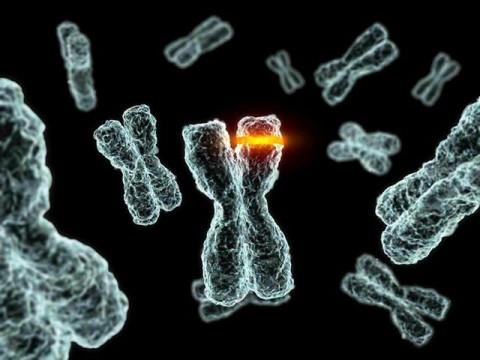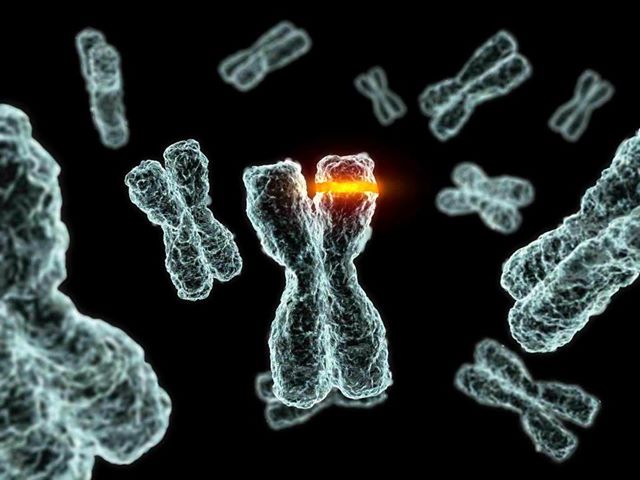
Imagine being diagnosed with a rare genetic disorder that has no cure. That’s what young Charlie Knuth and his parents were facing until a new procedure offered them hope. Charlie is afflicted with epidermolysis bullosa (EB), a genetic disorder that causes his skin to slough off and his eyes to blister. With lesions covering 90 percent of his body, even the simple act of bathing was a torture for him.
Patients who suffer from this disorder have skin so fragile that even a small amount of friction can cause blistering inside and outside of the body. Without treatment, the prognosis is grim. Most EB patients die in infancy while some survive into their teen years only to succumb to cancer.
Thanks to an innovative genetic therapy called gene editing, Charlie and thousands of others suffering from a variety of genetic diseases may be able to make a full recovery. During gene editing, scientists and doctors are able to cut out a
For Charlie Knuth, the hope of a cure would not have been possible without doctors and scientists having the capability of mining a massive genomic database that allowed them to analyze and interpret millions of components in Charlie’s DNA with an unprecedented level of detail and precision. This combination of factors made the gene editing procedure possible and virtually eliminated the risk of any significant side effects.
single defective gene from a patient’s gene sequence and splice in a corrected version of the gene without adverse side effects.
Breakthrough medical discoveries and procedures like gene editing are possible thanks to the combination of big data and health informatics. It’s likely that this combination of systems and data, and the inclusion of physicists, mathematicians, statisticians and researchers will yield more lifesaving breakthroughs to come.
Biomedical information is generating a massive amount of data that until recently was difficult or impossible to store or analyze. Some estimate that by 2015, the average hospital will have two-thirds of a petabyte (665 terabytes) of patient data, 80 percent of which will be unstructured image data, such as CT scans and X-rays. It’s expected that the volume of data will roughly double every two years.
Thanks to the relatively new mindset of viewing the human body as a source of big data and technological advances that have made this data available for analysis, scientists are using this data to develop new treatments like the gene editing procedure. Health informatics based on big data is paving the way for other technological and medical advances, as well.
As systems become more advanced, they will continue to generate a massive amount of data, including electronic health records, clinical notes, medical imaging and diagnostic tests and genetic data. Despite the huge volume of biomedical data available, only a fraction of it has been analyzed, which creates a significant opportunity for job growth as scientists look to convert data to information with the ultimate goal of transforming data to knowledge that can be applied and shared. The sheer volume of data and the size of datasets require different tools and techniques for meaningful analyses. New analytical practices, such as predictive modeling, are also now possible.
As big data continues to evolve and grow, the discipline of health informatics will take on a more significant role in analyzing these large volumes of data and helping physicians and scientists more effectively treat patients and make new discoveries, including diagnosing, understanding and curing diseases and genetic disorders.









